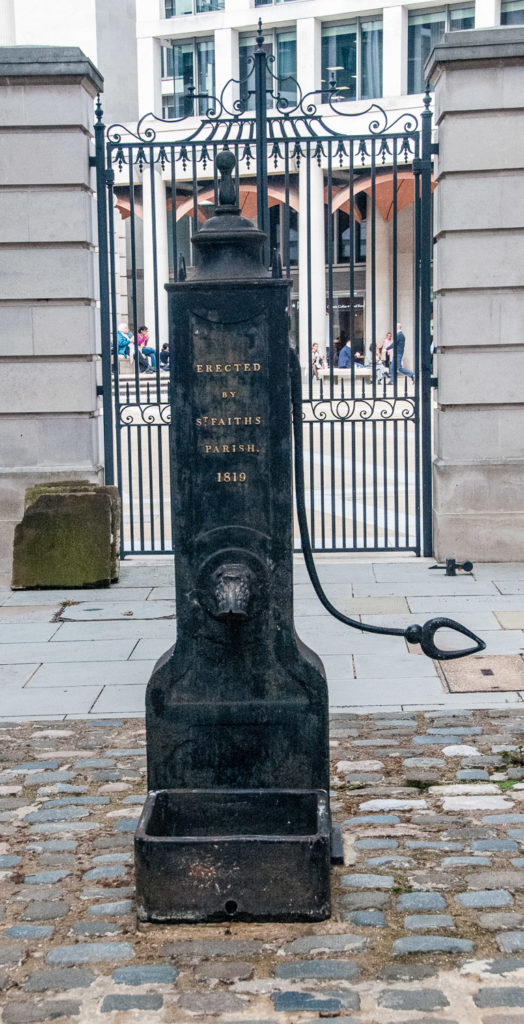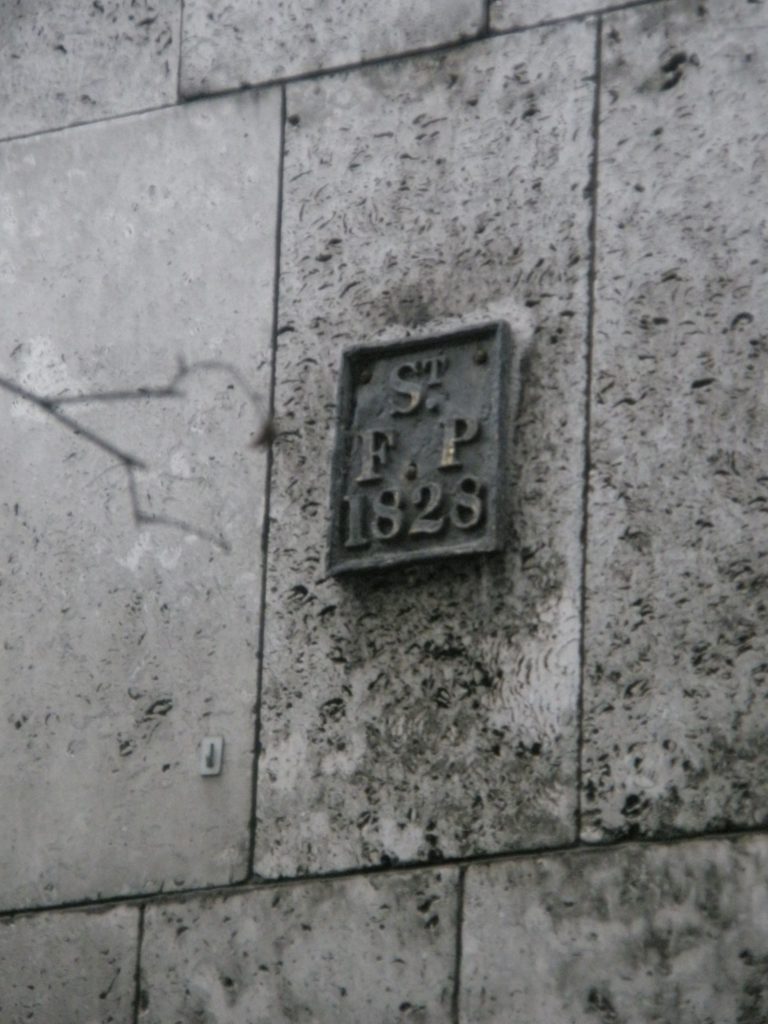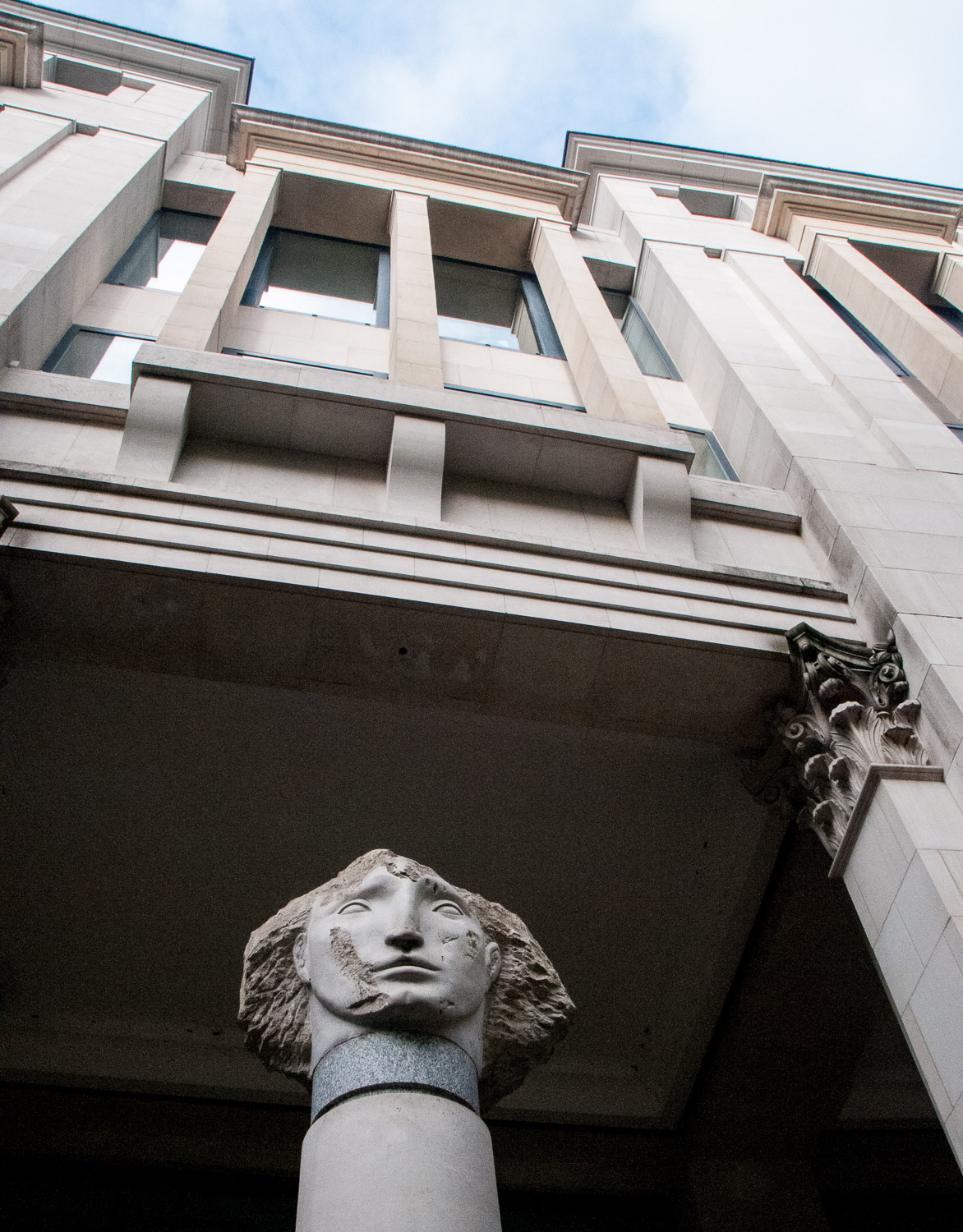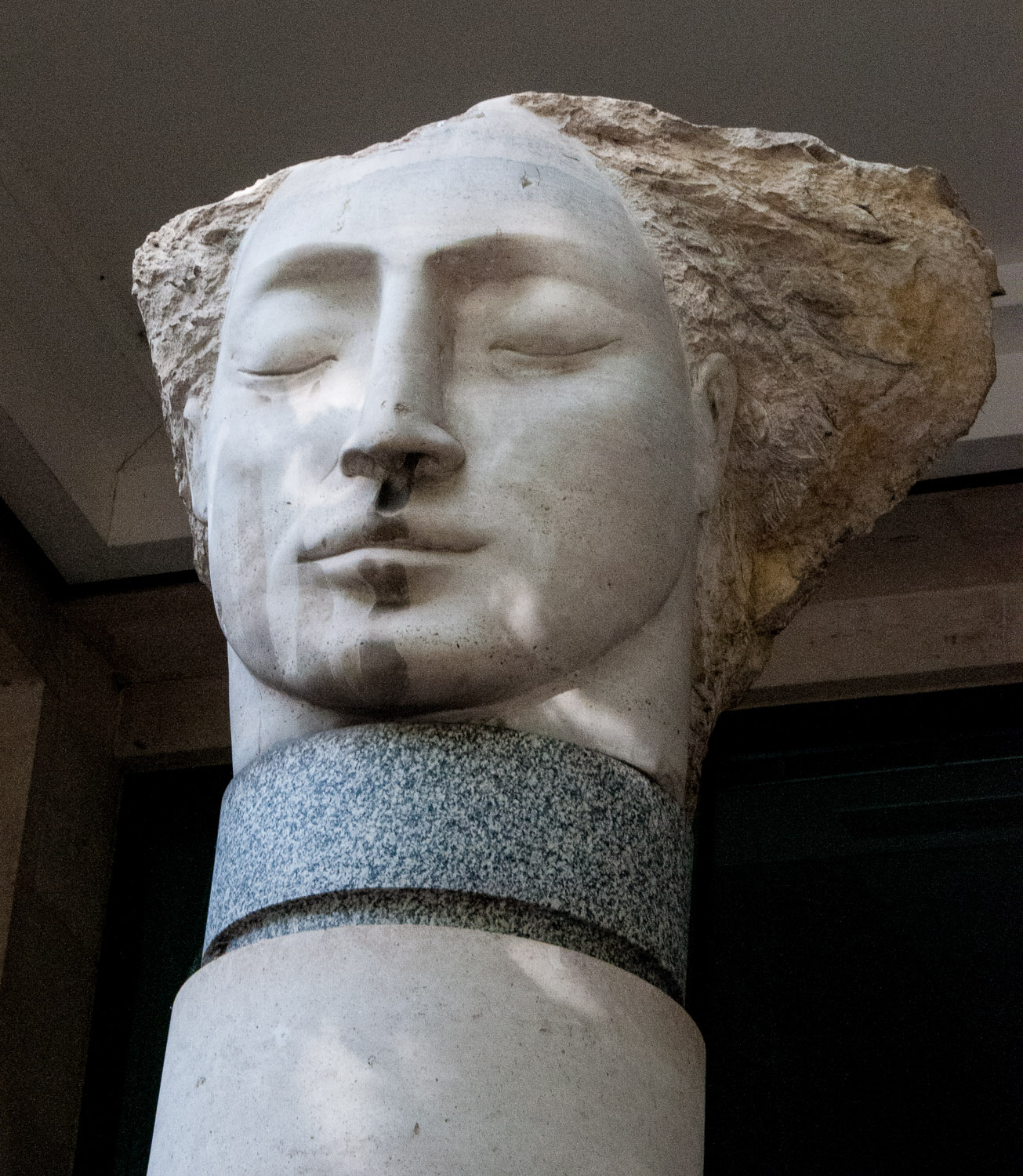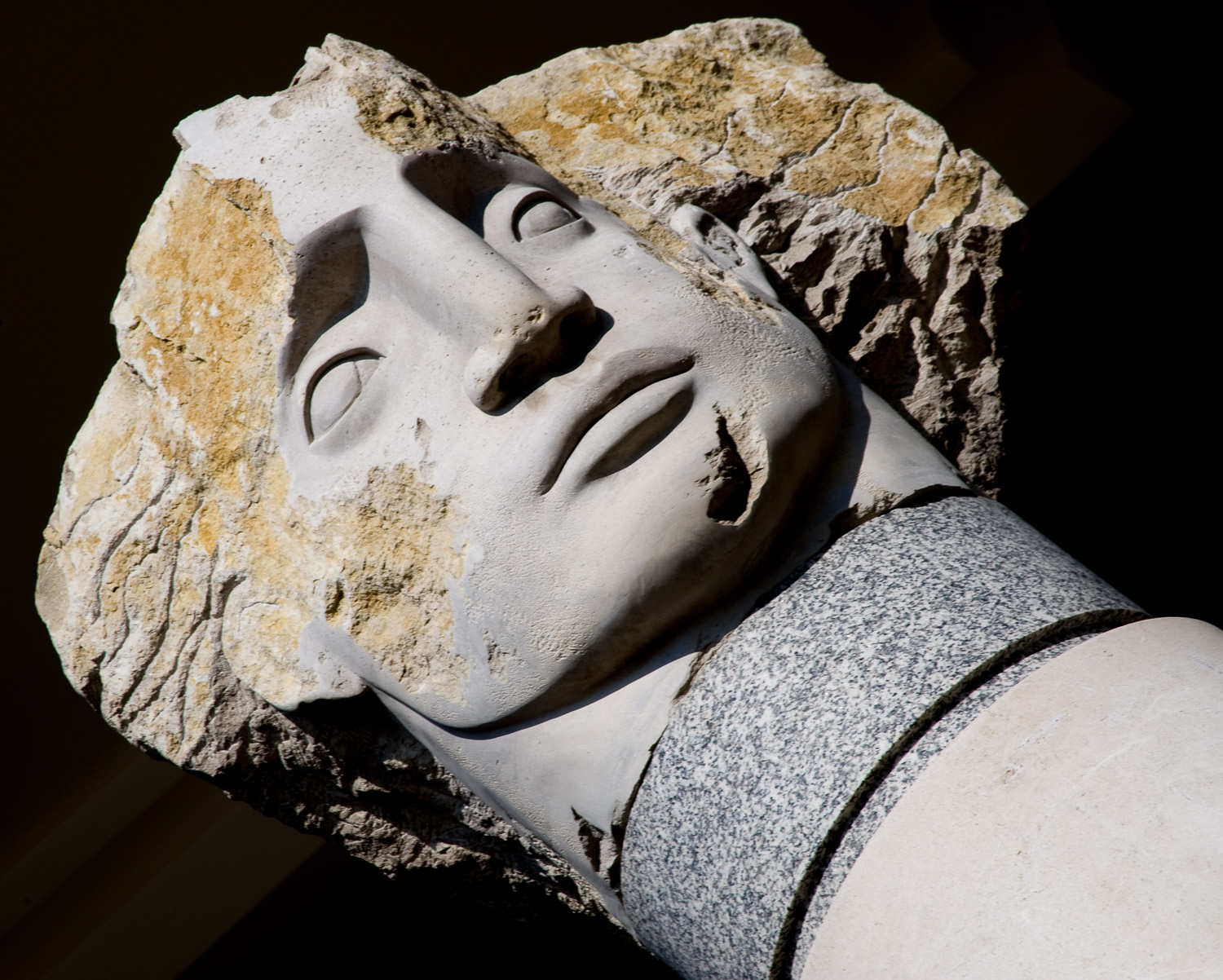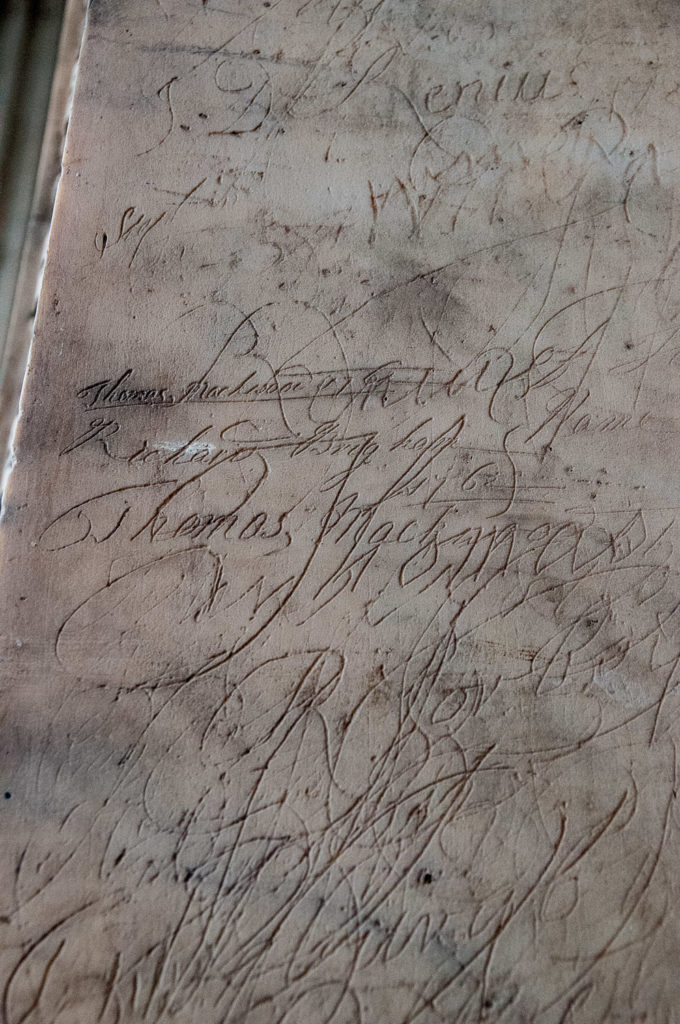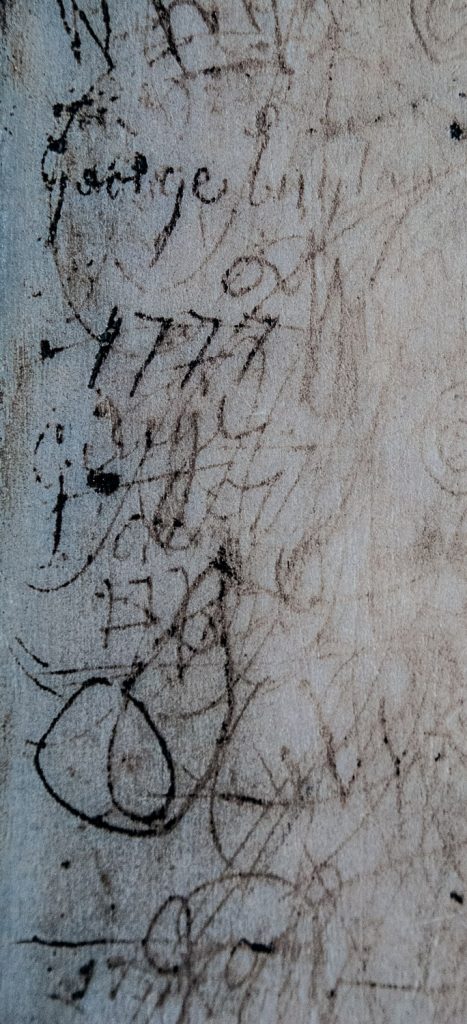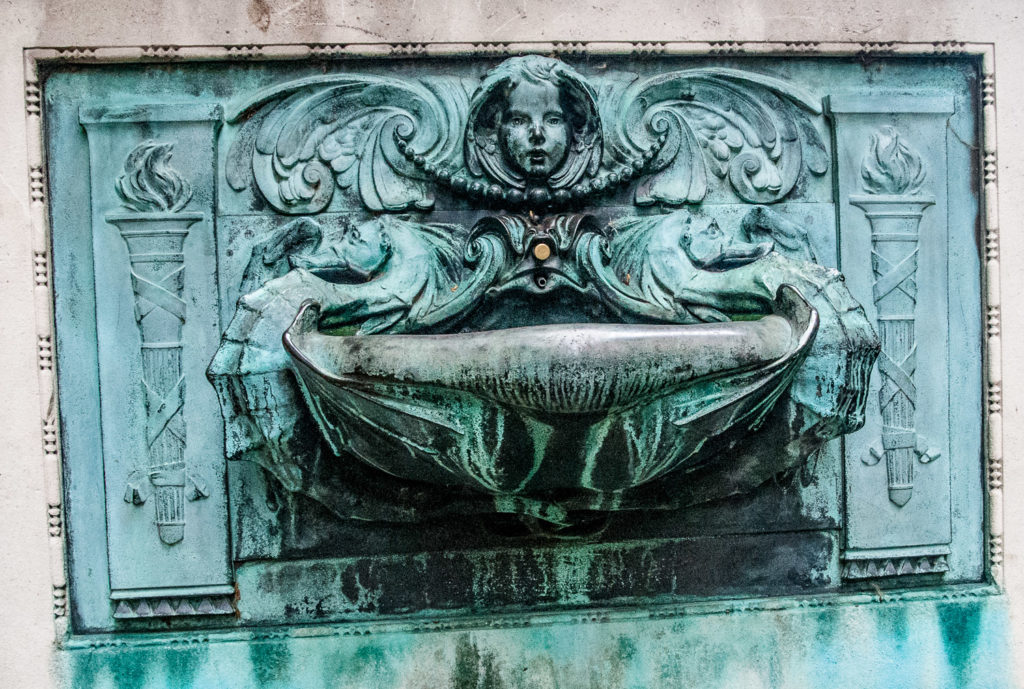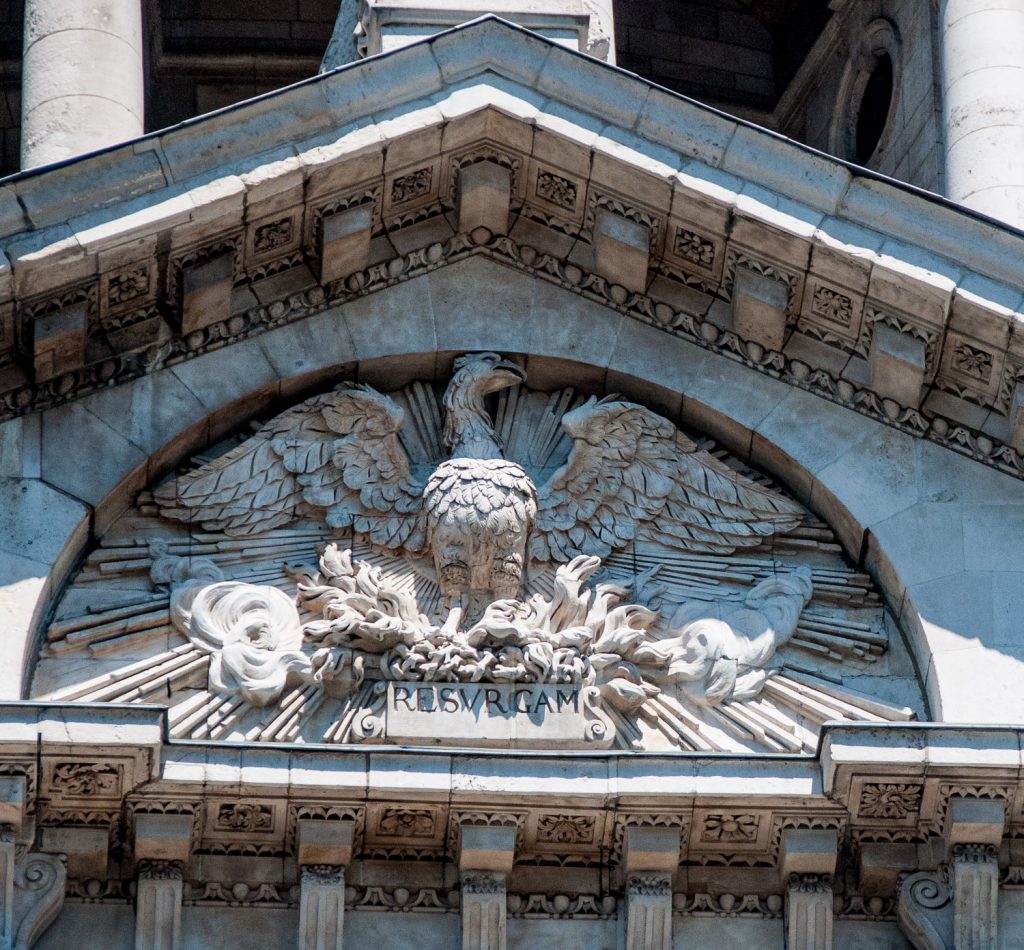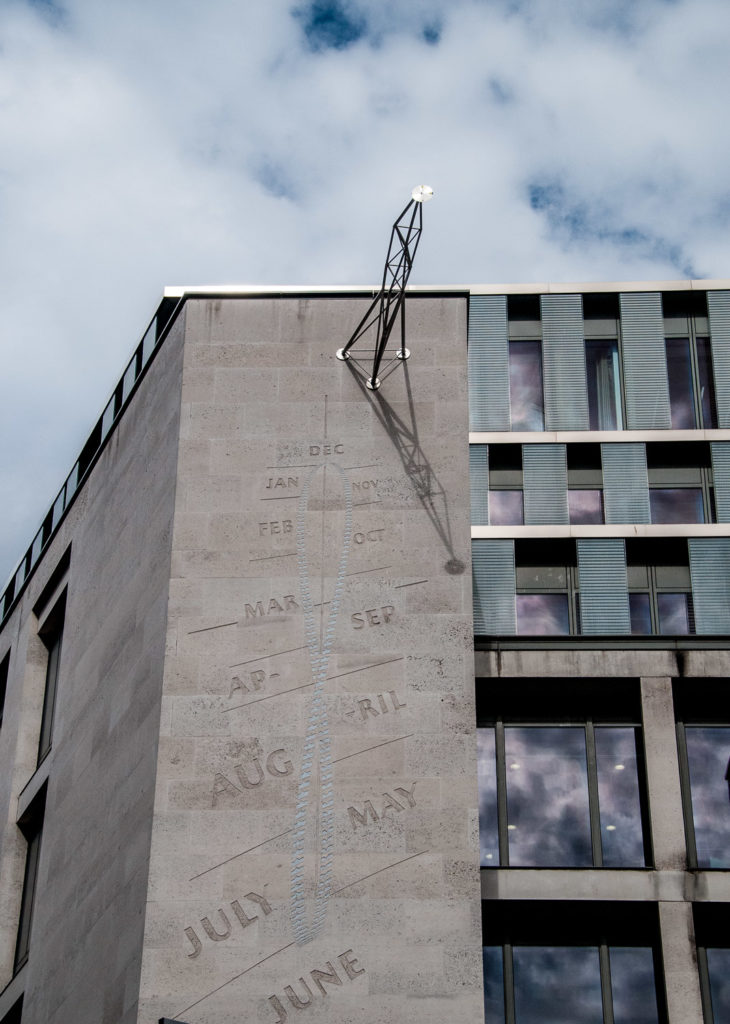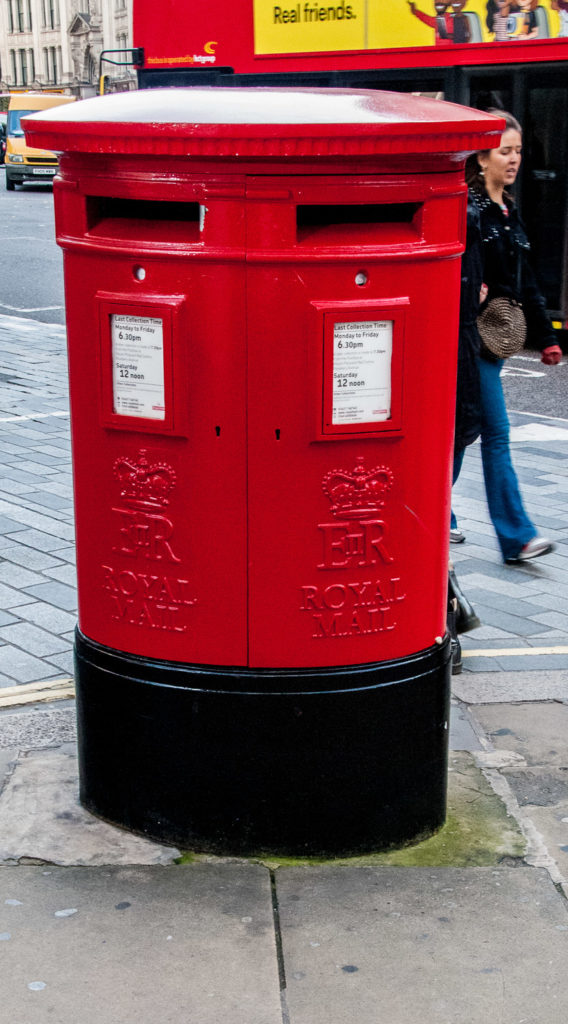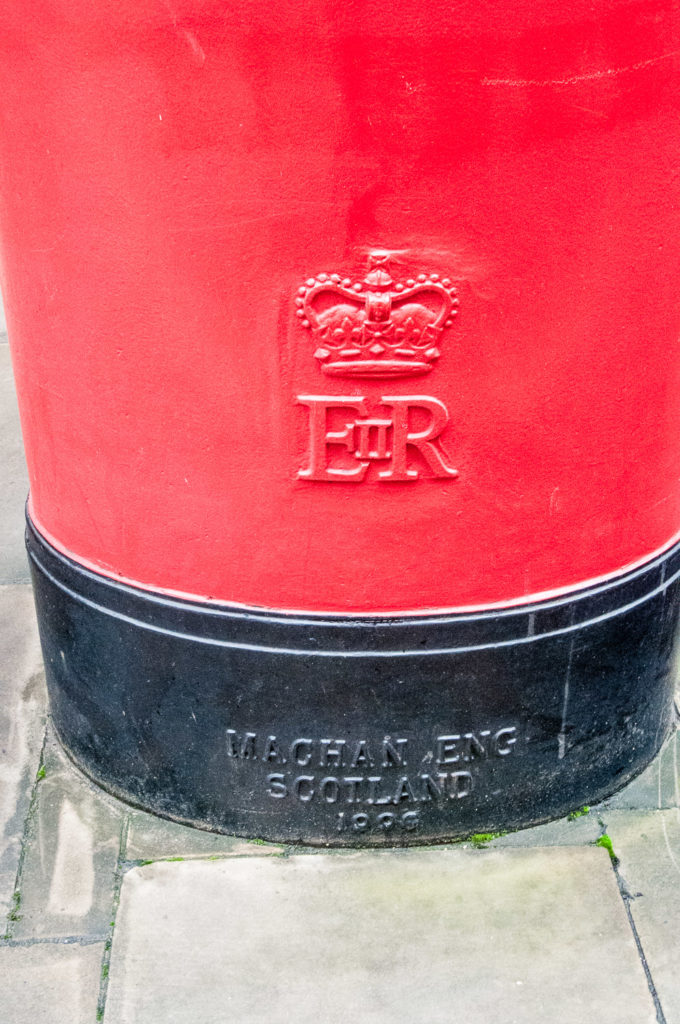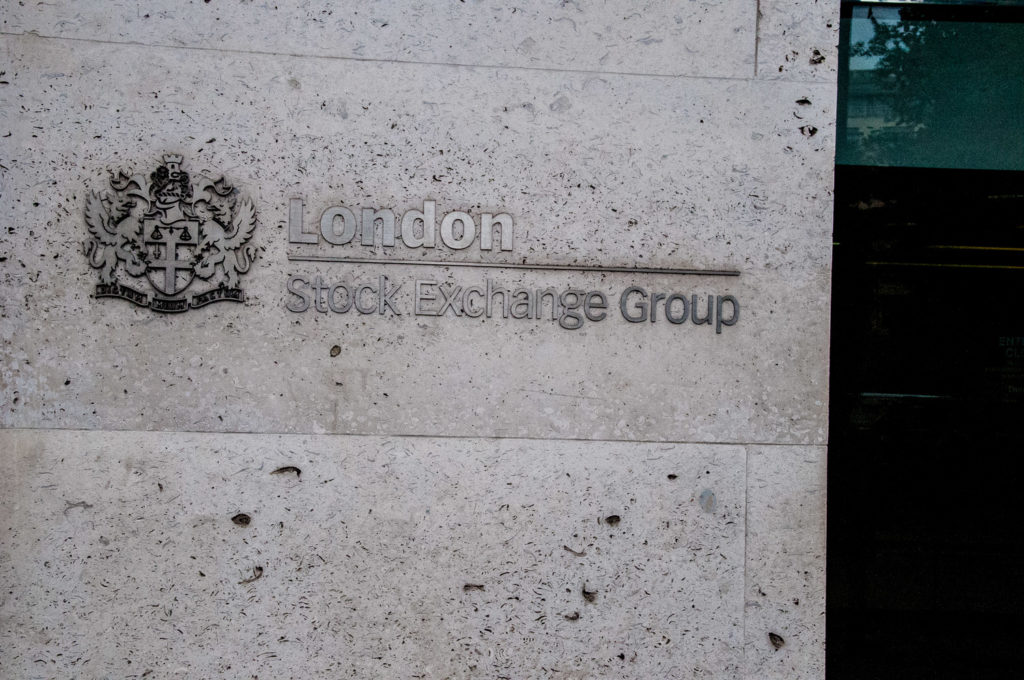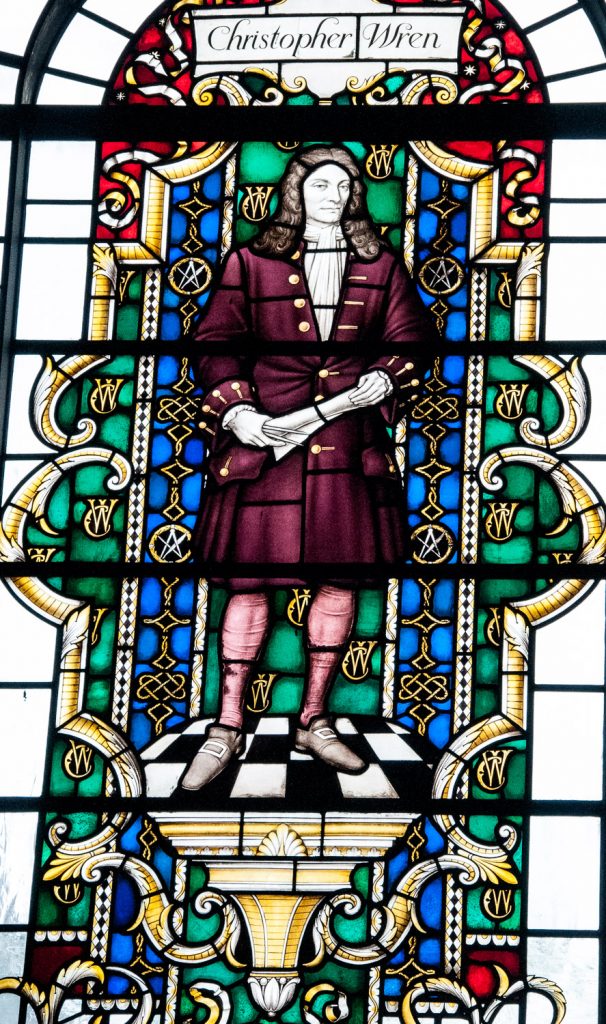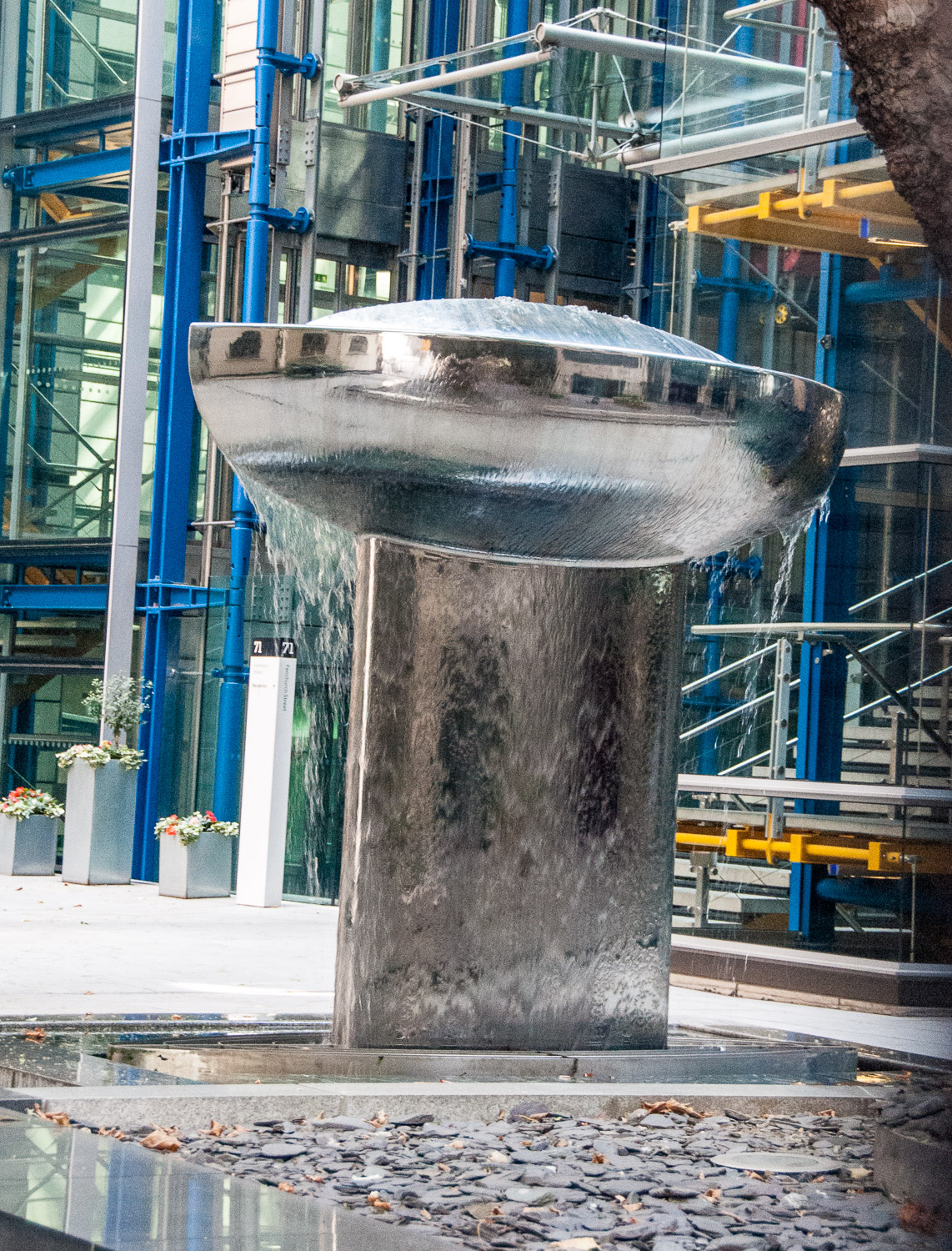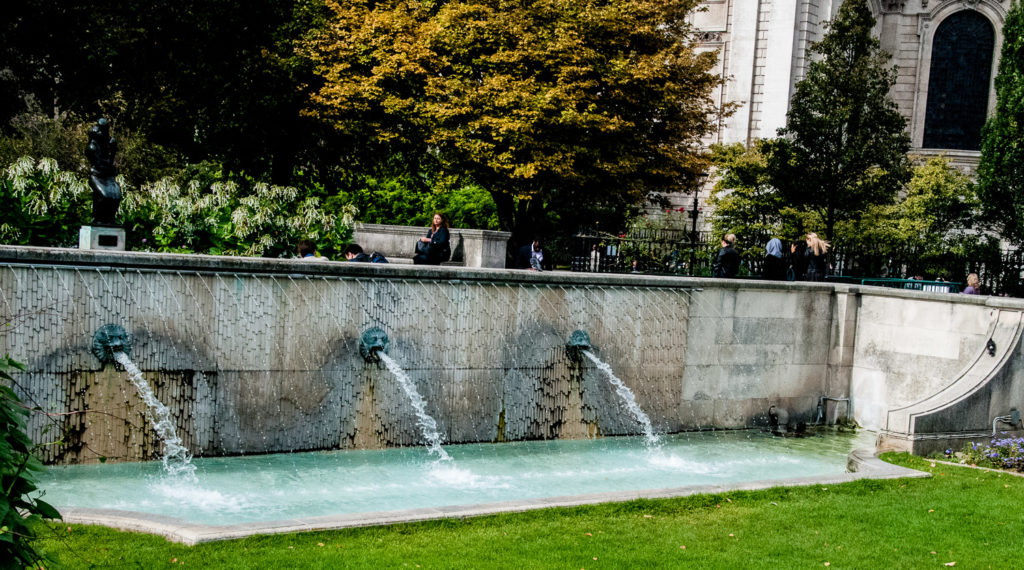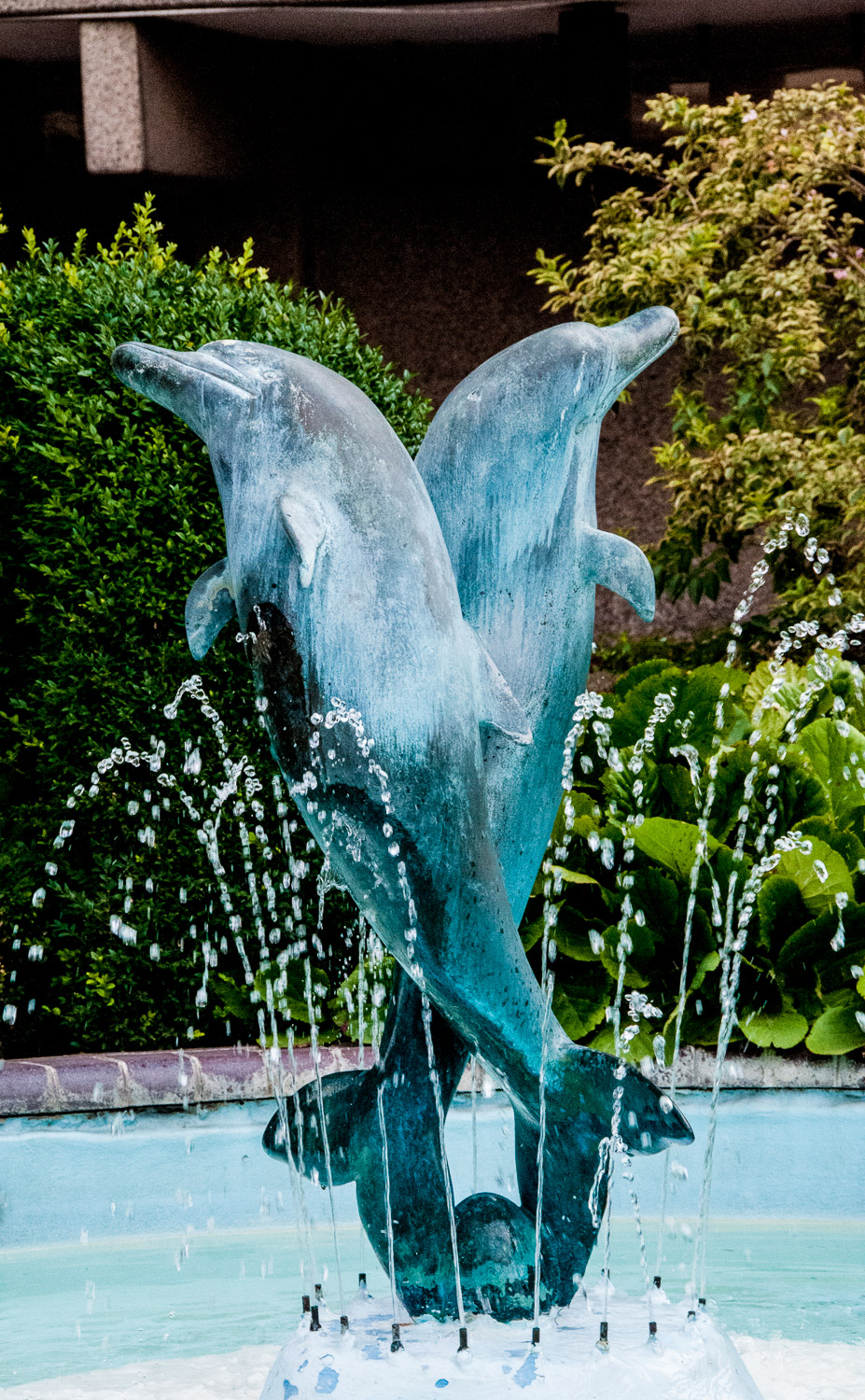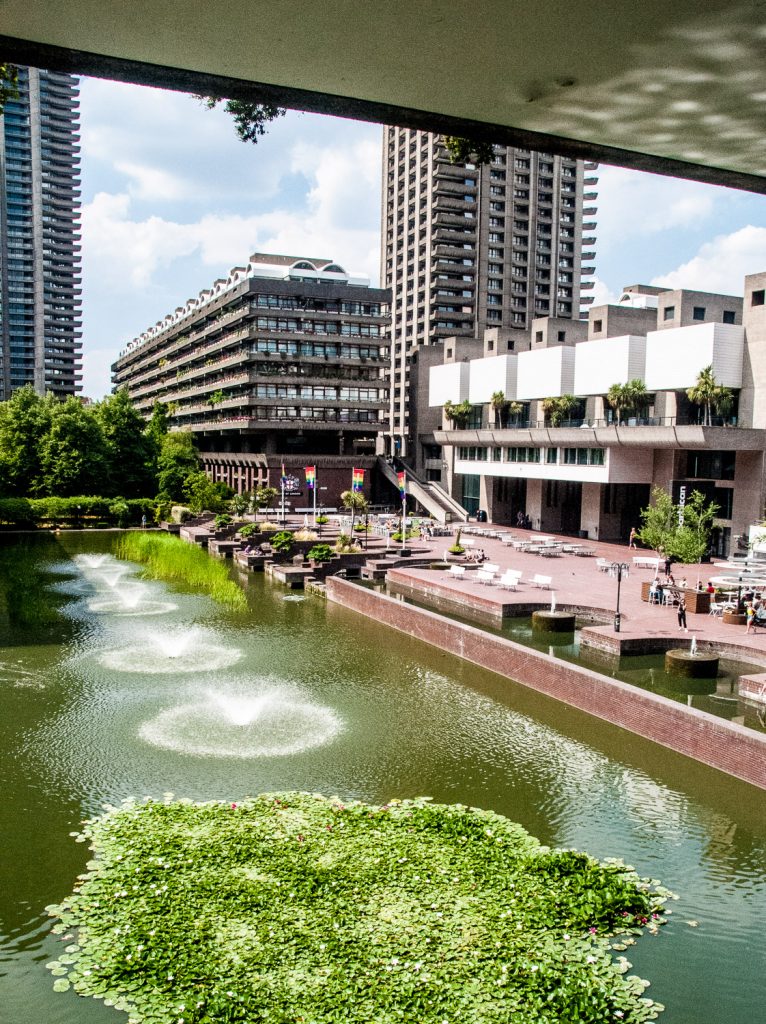At the junction of Fenchurch Street and Leadenhall Street people usually hurry past this old water pump without a second glance, not knowing anything about some gruesome aspects of its history …
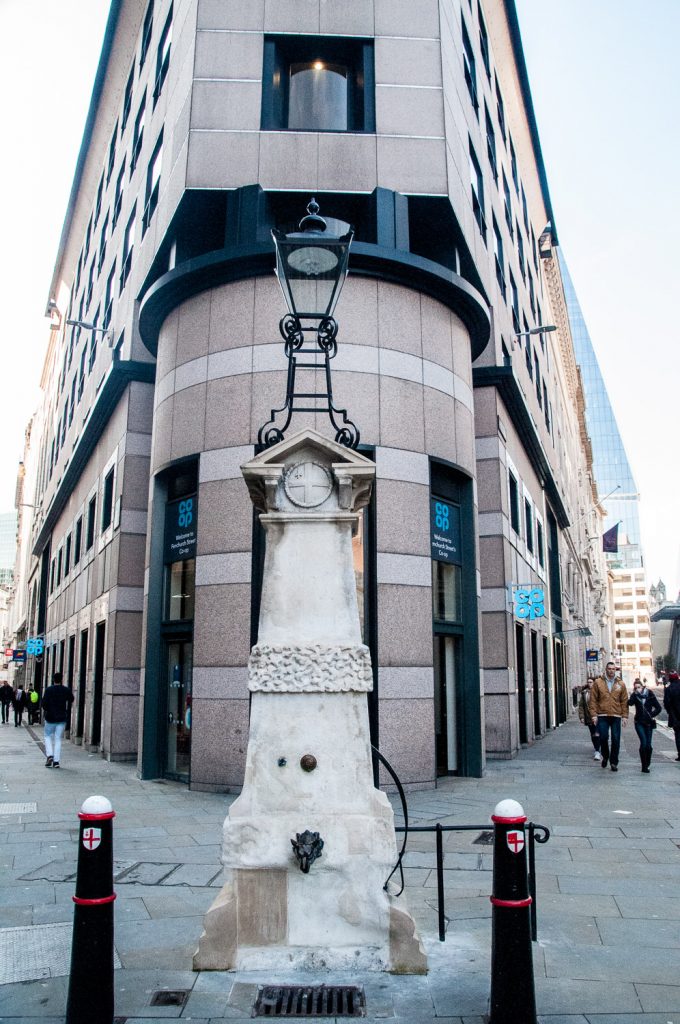
There was a well here for centuries and one appears to be shown on the Agas map of 1561 …
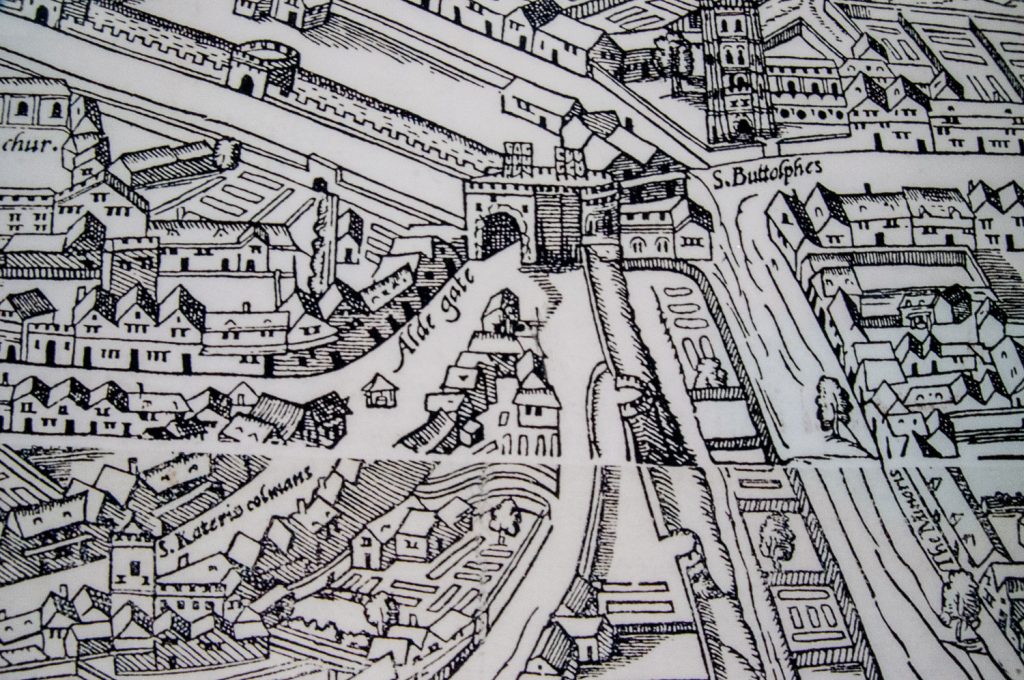
After a pump was installed in the sixteenth century the water gained a reputation for being ‘bright, sparkling, and cool, and of an agreeable taste’. In the early 1870s, however, people started noticing the taste deteriorate and become foul. Then people who had drank the water started dying in great numbers in a tragedy that became known as the Aldgate Pump Epidemic.
It was known that Thames water was dangerous as illustrated by this 1850s drawing entitled The Silent Highwayman …

But Aldgate water originated in the healthy springs of Hampstead and Highgate and flowed underground – so it should have been safe.
The bad news broke publicly in April 1876 …

An investigation by the Medical Officer of Health for the City revealed the terrible truth. During its passage underground from north London it had passed through and under numerous new graveyards thereby picking up the bacteria, germs and calcium from the decaying bodies. The pump was immediately closed and eventually reconnected to the safer New River Company’s supply later in 1876. You will find a fascinating history of the New River Company if you access the splendid London Inheritance blog.
The epidemic was obviously a distant memory by the nineteen twenties when Whittard’s tea merchants used to …
… always get the kettles filled at the Aldgate Pump so that only the purest water was used for tea tasting.
I have discovered a few old pictures …

And in August 1908 a little East End boy refreshes himself using the cup attached to the pump by a chain …
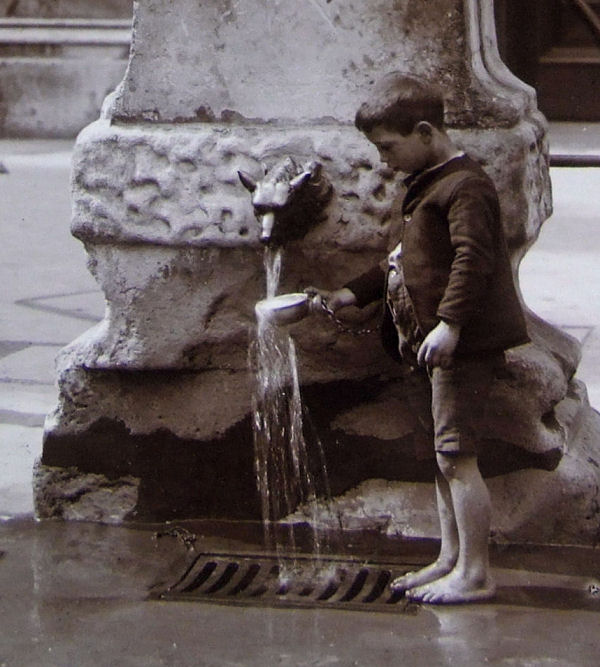
The full picture …
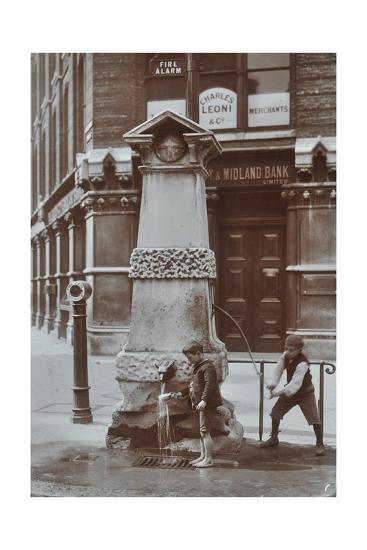
The wolf’s head spout is said to reference the last wolf killed in the City of London …
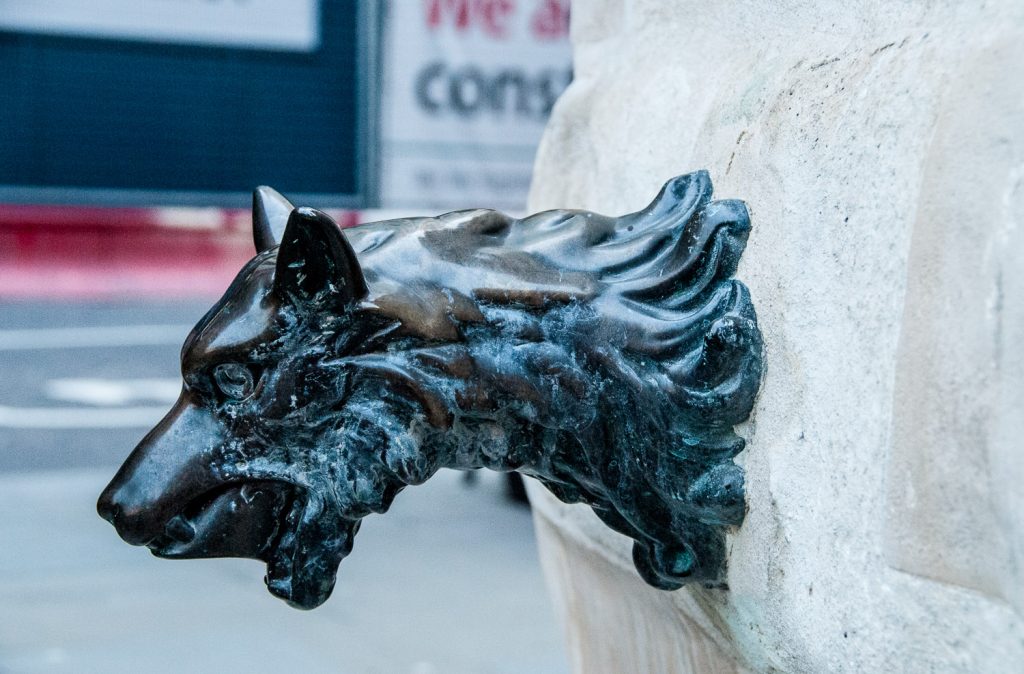
Walking towards St Botolph’s church I saw on the left this magnificent drinking fountain ‘Erected by permission of the vicar and churchwardens’. It has a connection with the Metropolitan Drinking Fountain Association which I have written extensively about in my blog Philanthropic Fountains …
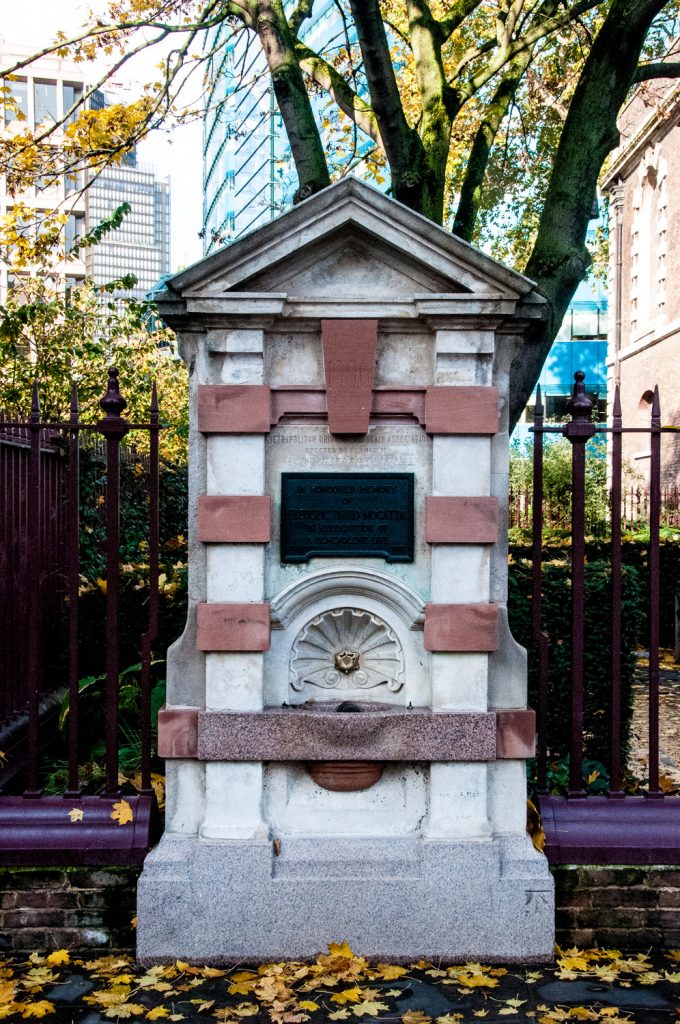
It’s dedicated to the memory of Frederic David Mocatta …
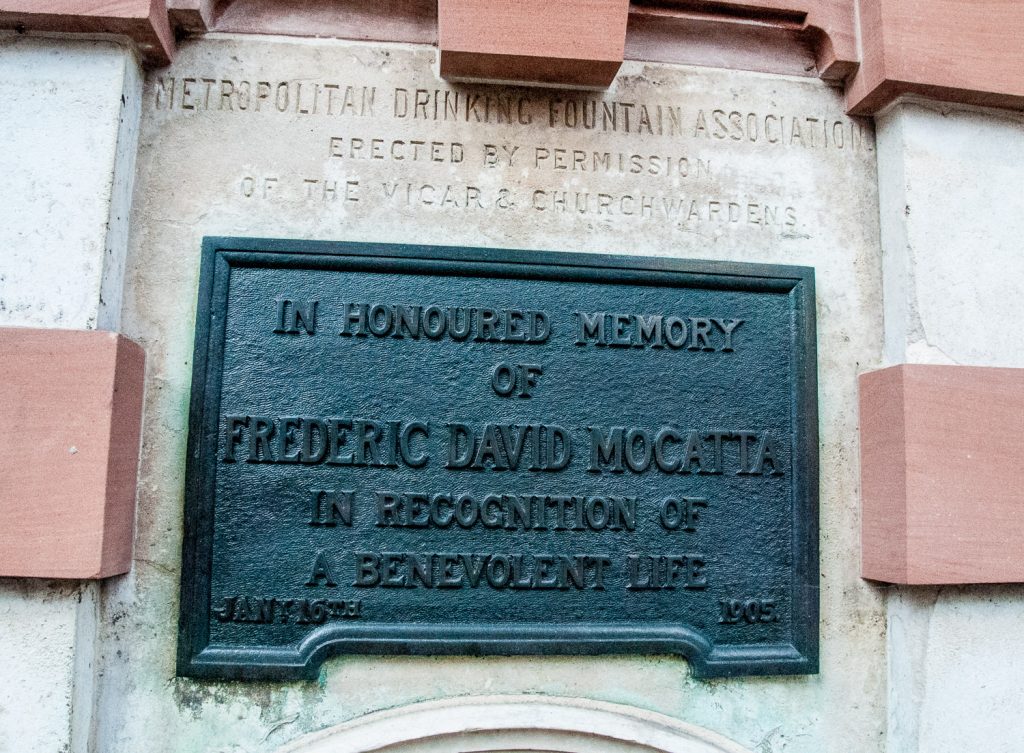
A wealthy bullion broker, after he had retired from the business in 1874 he devoted himself to works of public and private benevolence, especially in the deprived East End of London. It was people from that area who raised the money for this memorial and you can read more about him here.
A little bit further on is this 1950s police call box …
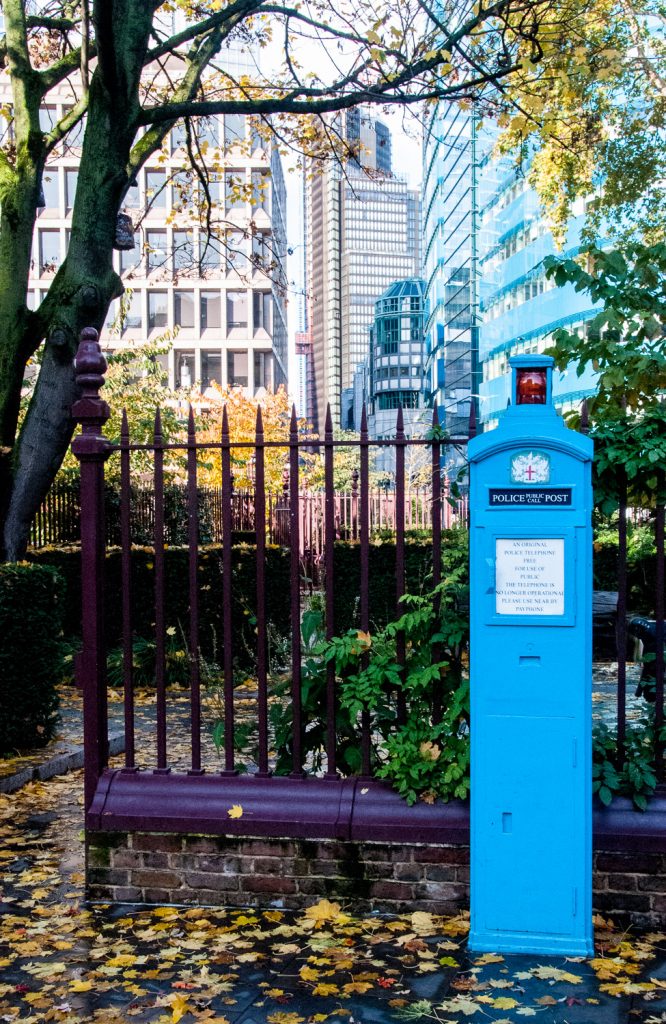
This is the third one I have discovered in the City and you can read more about the others here.
As you walk up the steps to visit St Botolph’s, turn around and look across the road. There are some old late Victorian buildings that have survived redevelopment and I was struck by how much care had gone into the decoration at roof height, even though very few people would be looking up to see it …
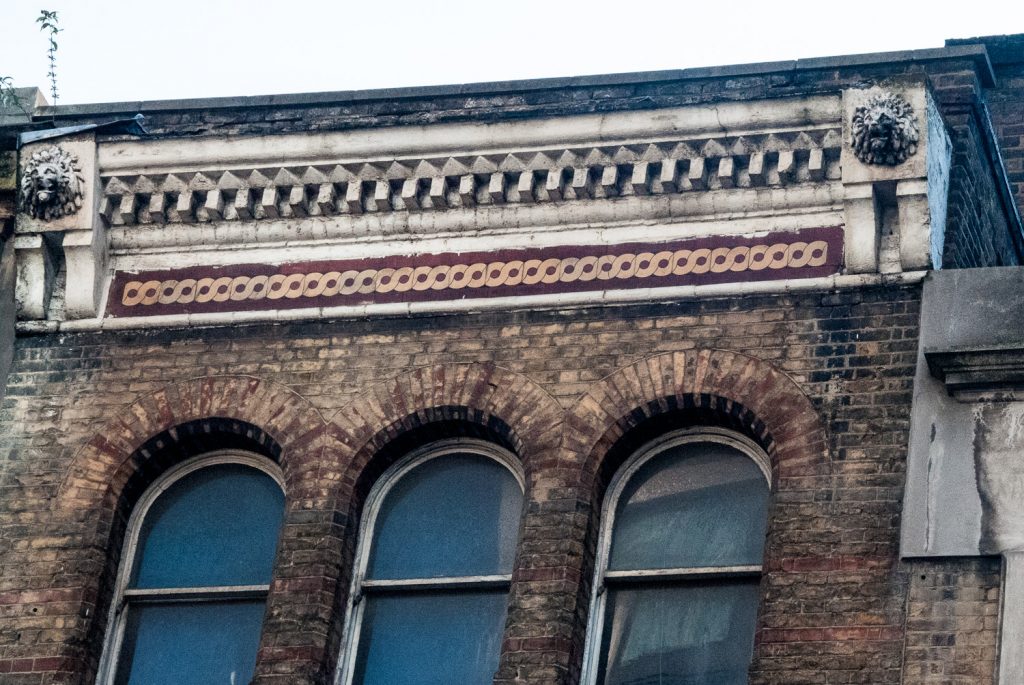
Next week I enter St Botolph’s and will write about some of the best and most interesting monuments and memorials in the City.
Don’t forget you can follow me on Instagram:

